 Please visit our website, www.garethstevens.com. For a free color catalog of all our high-quality books, call toll free 1-800-542-2595 or fax 1-877-542-2596.Library of Congress Cataloging-in-Publication Data James, Lincoln. Deadly poison dart frogs / Lincoln James. p. cm. (Small but deadly) Includes index.
Please visit our website, www.garethstevens.com. For a free color catalog of all our high-quality books, call toll free 1-800-542-2595 or fax 1-877-542-2596.Library of Congress Cataloging-in-Publication Data James, Lincoln. Deadly poison dart frogs / Lincoln James. p. cm. (Small but deadly) Includes index.
ISBN 978-1-4339-5744-4 (pbk.) ISBN 978-1-4339-5745-1 (6-pack) ISBN 978-1-4339-5742-0 (library binding) 1. DendrobatidaeJuvenile literature. I. Title. QL668.E233J36 2012 597.877dc22 2011009417 First Edition Published in 2012 by Gareth Stevens Publishing 111 East 14th Street, Suite 349 New York, NY 10003 Copyright 2012 Gareth Stevens Publishing Designer: Michael J. (inset) Joe McDonald/Visuals Unlimited/Getty Images. (inset) Joe McDonald/Visuals Unlimited/Getty Images.
All rights reserved. No part of this book may be reproduced in any form without permission in writing from the publisher, except by a reviewer. Printed in the United States of America CPSIA compliance information: Batch #CS11GS: For further information contact Gareth Stevens, New York, New York at 1-800-542-2595. CONTENTS Words in the glossary appear in bold type the fi rst time they are used in the text. LOOK, BUT DONT TOUCH! Poison dart frogsor just poison frogscome in many bright colors. They can be yellow, blue, green, red, or orange.
Many also have black shapes and spots. Scientists think there may be almost 200 species of poison frogs. Depending on the species, poison frogs can be 0.4 to 2.4 inches (1 to 6 cm) long. Poison frogs look small and harmless. Most are really cute! However, as their name suggests, theyre actually deadly creatures. Their skin gives off a deadly poison.
DEADLY DATA All poison frogs are members of the scientifi c family Dendrobatidae. This name comes from Greek words that mean tree walker. These are just a few of the many different kinds of poison frogs.
These are just a few of the many different kinds of poison frogs.  Poison frogs dont need to blend into their surroundings. Their bright colors tell other animals to stay away. IN THE JUNGLE Poison frogs live in the rainforests of Central and South America. Theyre often found in great numbers.
Poison frogs dont need to blend into their surroundings. Their bright colors tell other animals to stay away. IN THE JUNGLE Poison frogs live in the rainforests of Central and South America. Theyre often found in great numbers.
In some cases, an entire species lives in an area no bigger than 10 city blocks. Native Americans from Colombia, South America, have long used poison frogs for hunting. They rub their blowgun darts on the backs of poison frogs to make poison darts. Only a small amount of poison is needed to kill a large bird or monkey quickly. Thats how poison dart frogs got their name. DEADLY DATA Poison dart frogs are sometimes confused with mantella frogs.
Mantellas are colorful, poisonous frogs from the African country of Madagascar.LEGS AND TOES Poison frogs are tiny. Some could even sit on your fi ngertip! A poison frogs back legs are larger than its front legs. This helps it jump quickly. Unlike most frogs, poison frogs dont have webbed feet. Webbed feet are perfect for swimming, but most poison frogs live on land and not in water. They have three or four toes on each foot.
Each toe has a sticky pad for gripping tree trunks and leaves. DEADLY DATAMany poison frogs like to spend most of their time in trees. In fact, some poison frogs spend their whole lives in a single tree! This is a blue poison dart frog from South America. The local Indians call them okopipi.
This is a blue poison dart frog from South America. The local Indians call them okopipi. 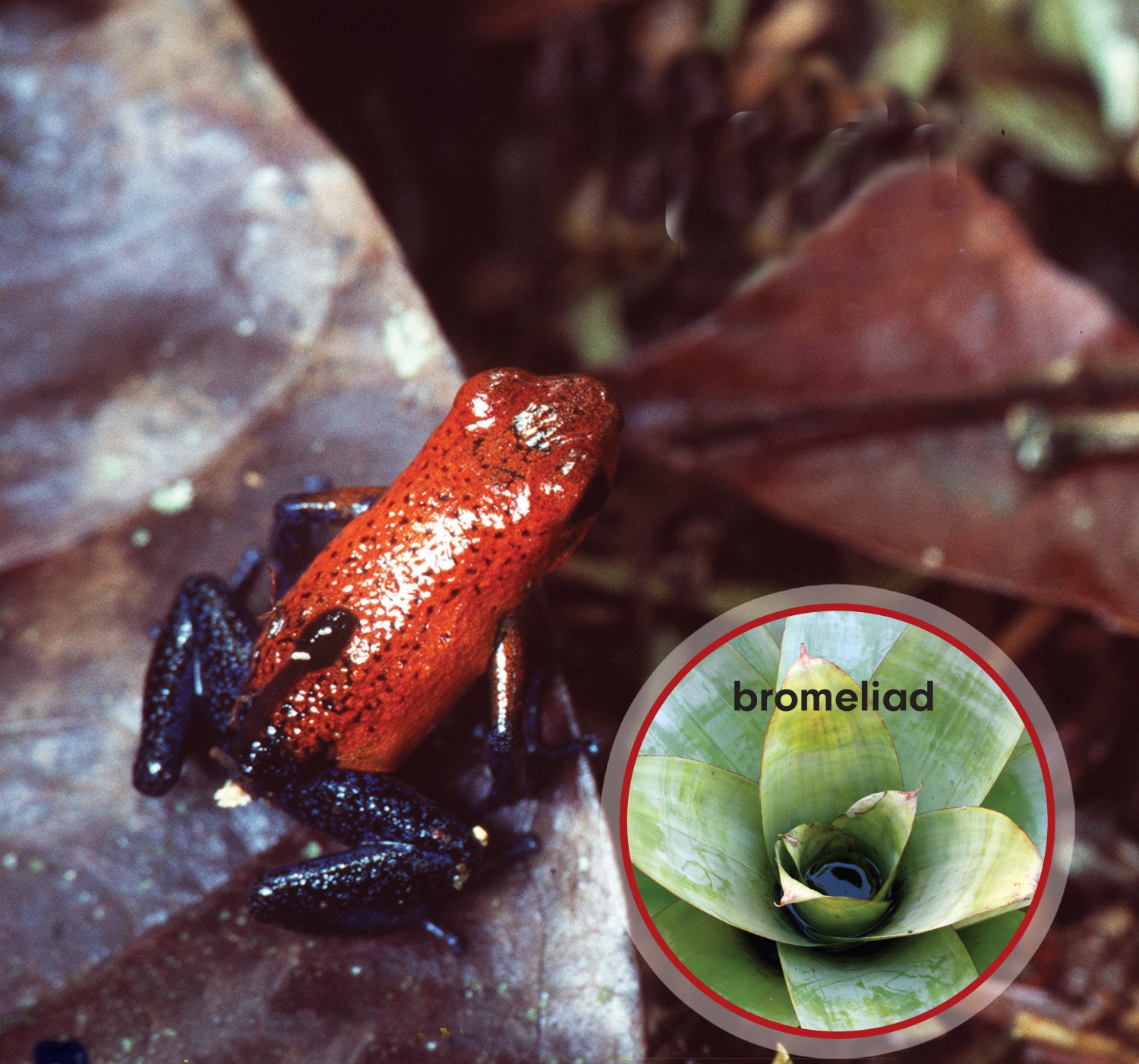 This strawberry poison frog is carrying a tadpole on its back. PIGGYBACK RIDES! Some female poison frogs lay eggs on a leaf.
This strawberry poison frog is carrying a tadpole on its back. PIGGYBACK RIDES! Some female poison frogs lay eggs on a leaf.
The male or female watches over the eggs. When the eggs hatch, the tadpoles climb onto the adults back. The adult carries the tadpoles to a tiny pool of water. This is often the water that collects in the center of a plant called a bromeliad. Some species lay eggs directly into water. Parents often watch over and feed the tadpoles.
After the tadpoles grow into frogs, they crawl out of the water. DEADLY DATABromeliads, such as the pineapple, have many leaves growing out of a common base. In some bromeliads, small pools of water form where the leaves come together.YOU ARE WHAT YOU EAT Most poison frogs are active during the day. They hunt for tiny bugs. They mostly eat ants, beetles, and termites. Poison frogs are very good at catching bugs with their long, sticky tongues.
Many scientists think that the frogs poison comes from the bugs they eat. The bugs poison comes out of the frogs skin without hurting the frogs. Poison frogs in captivity arent poisonous. Thats because they arent fed the same bugs they eat in the wild. DEADLY DATA Poison frogs live from 5 to 12 years in zoos. 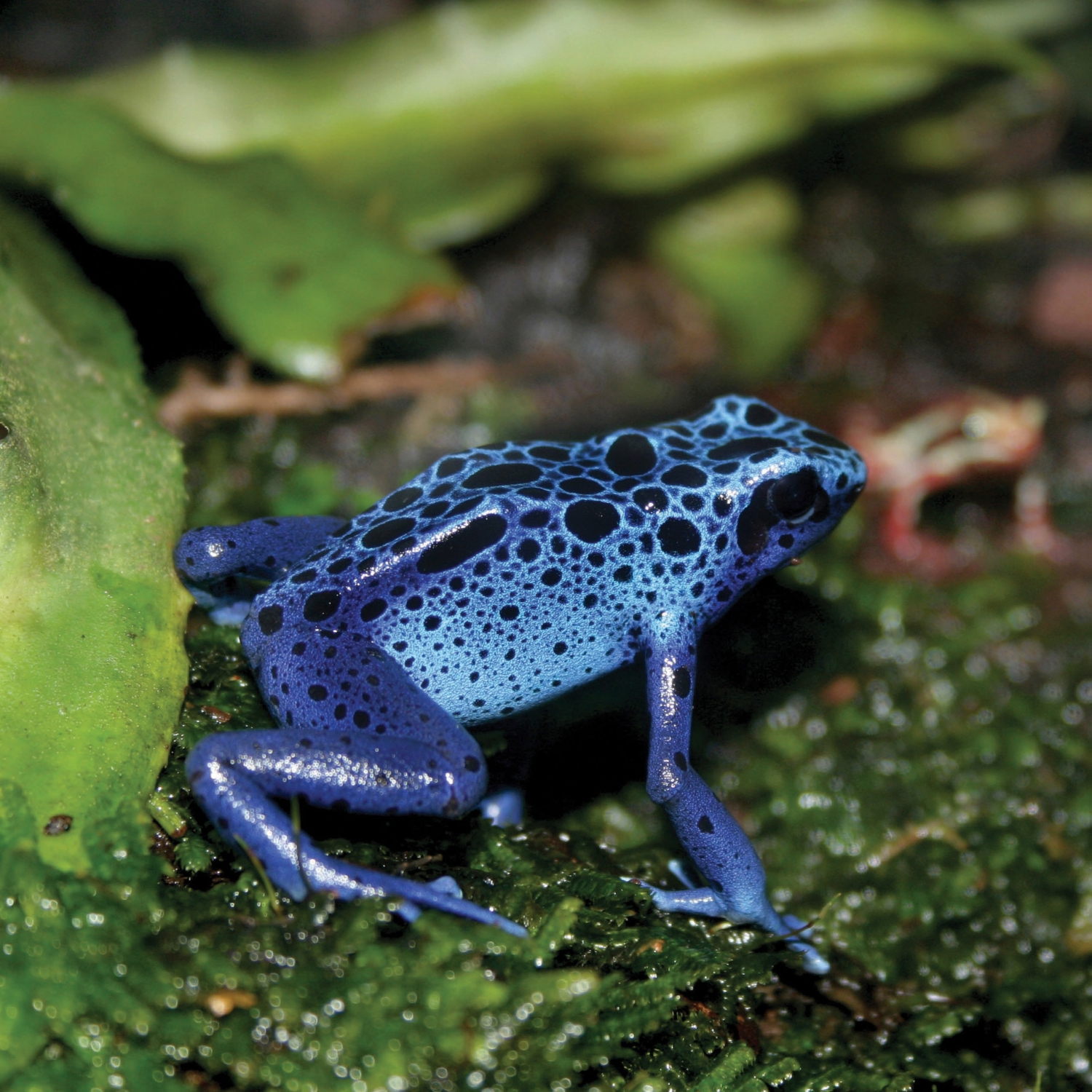 Even though the blue poison dart frog is toxic, some snakes and spiders can eat it without getting hurt.
Even though the blue poison dart frog is toxic, some snakes and spiders can eat it without getting hurt.  Even though the blue poison dart frog is toxic, some snakes and spiders can eat it without getting hurt.
Even though the blue poison dart frog is toxic, some snakes and spiders can eat it without getting hurt.
DEADLY TOXINS A poison frogs poison is called a toxin. Toxins are poisons made by living things. The toxins come out of tiny holes in the frogs skin. This makes the frogs unsafe for animals to touch or eat. Many poison frog toxins are strong enough to stun or kill predators. Three are even strong enough to kill people.
However, not all poison frog toxins are deadly to all animals. Some make the frogs enemies sick. Others just taste terrible! DEADLY DATA Only three species of poison frogs make toxins strong enough to kill people. These are the frogs used to make poison darts. WARNING SIGNS Poison frogs are some of the most colorful animals in the world. However, those bright colors arent just for looks. They keep the frogs safe.
Predators see the colors and know to stay far away from these deadly little creatures. The colors tell their enemies, Im no good to eat! Some nonpoisonous frogs mimic, or copy, the bright colors of poison frogs. This is called mimicry. Mimicry keeps nonpoisonous frogs safe by making predators think theyre poisonous frogs. DEADLY DATA The strawberry poison frog is usually red, but it can sometimes have blue legs. 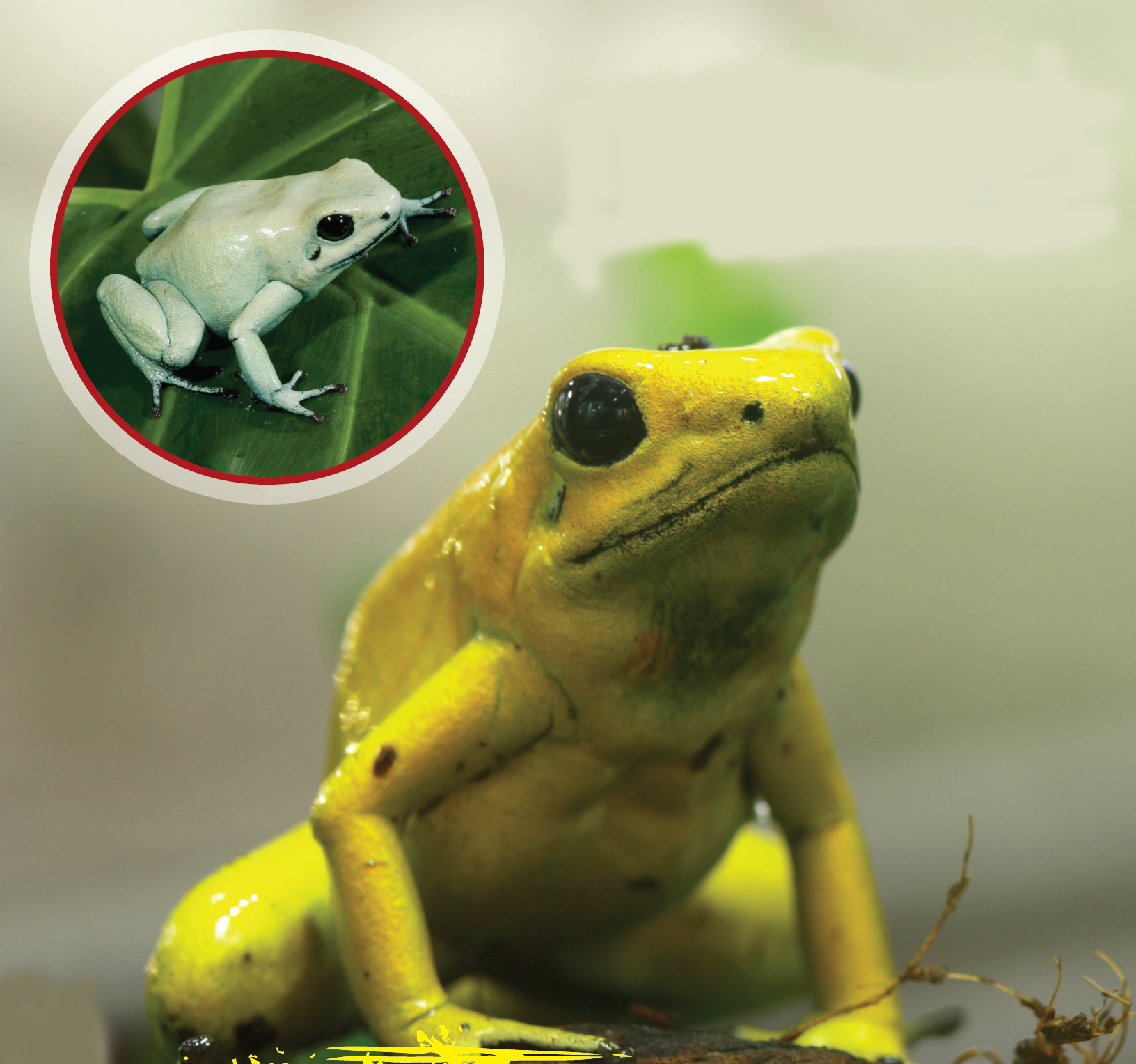 Unlike other poison frogs, the golden poison frog spends most of its life on the ground.
Unlike other poison frogs, the golden poison frog spends most of its life on the ground.  Unlike other poison frogs, the golden poison frog spends most of its life on the ground.
Unlike other poison frogs, the golden poison frog spends most of its life on the ground.
THE GOLDEN POISON FROG The golden poison frog lives in the rainforests of Colombia. Its one of the largest poison frogs. Some grow to 2 inches (5 cm) long. Although theyre called golden frogs, they can be yellow, orange, or green. Many have black markings, too. The golden poison frog is one of the most poisonous animals in the world.
Next page
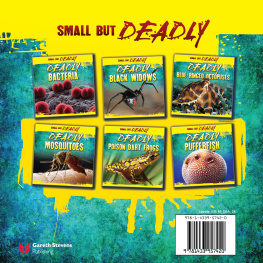

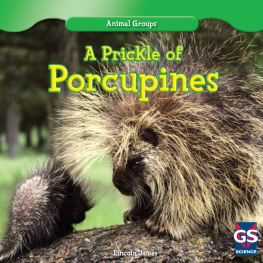


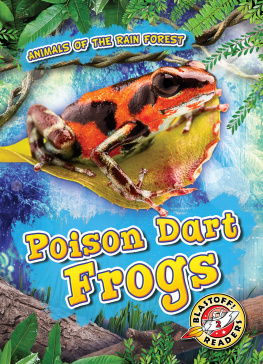
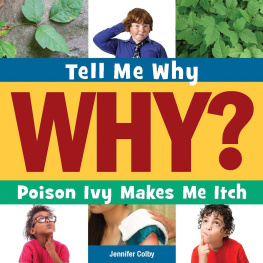



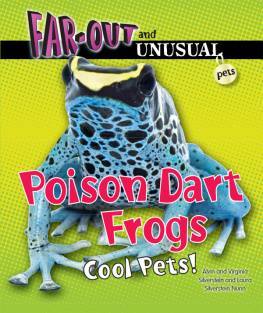
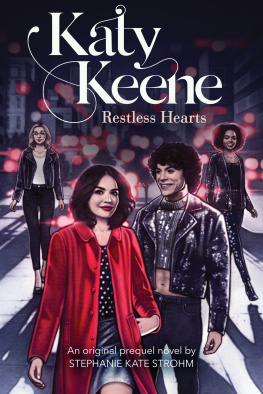
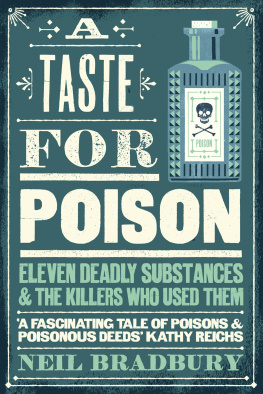
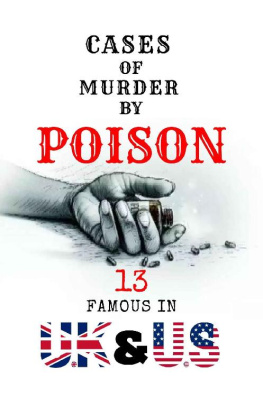
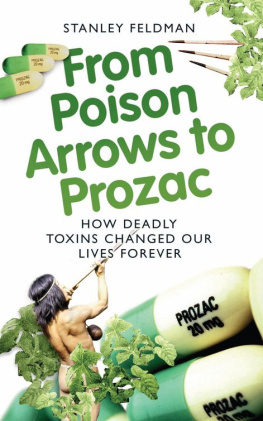
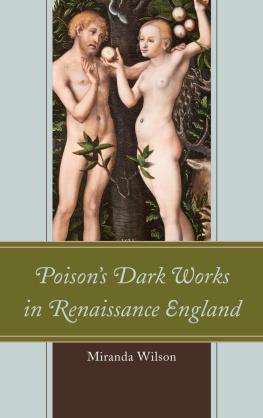
 Please visit our website, www.garethstevens.com. For a free color catalog of all our high-quality books, call toll free 1-800-542-2595 or fax 1-877-542-2596.Library of Congress Cataloging-in-Publication Data James, Lincoln. Deadly poison dart frogs / Lincoln James. p. cm. (Small but deadly) Includes index.
Please visit our website, www.garethstevens.com. For a free color catalog of all our high-quality books, call toll free 1-800-542-2595 or fax 1-877-542-2596.Library of Congress Cataloging-in-Publication Data James, Lincoln. Deadly poison dart frogs / Lincoln James. p. cm. (Small but deadly) Includes index. These are just a few of the many different kinds of poison frogs.
These are just a few of the many different kinds of poison frogs.  Poison frogs dont need to blend into their surroundings. Their bright colors tell other animals to stay away. IN THE JUNGLE Poison frogs live in the rainforests of Central and South America. Theyre often found in great numbers.
Poison frogs dont need to blend into their surroundings. Their bright colors tell other animals to stay away. IN THE JUNGLE Poison frogs live in the rainforests of Central and South America. Theyre often found in great numbers. This is a blue poison dart frog from South America. The local Indians call them okopipi.
This is a blue poison dart frog from South America. The local Indians call them okopipi.  This strawberry poison frog is carrying a tadpole on its back. PIGGYBACK RIDES! Some female poison frogs lay eggs on a leaf.
This strawberry poison frog is carrying a tadpole on its back. PIGGYBACK RIDES! Some female poison frogs lay eggs on a leaf. Even though the blue poison dart frog is toxic, some snakes and spiders can eat it without getting hurt.
Even though the blue poison dart frog is toxic, some snakes and spiders can eat it without getting hurt.  Unlike other poison frogs, the golden poison frog spends most of its life on the ground.
Unlike other poison frogs, the golden poison frog spends most of its life on the ground.